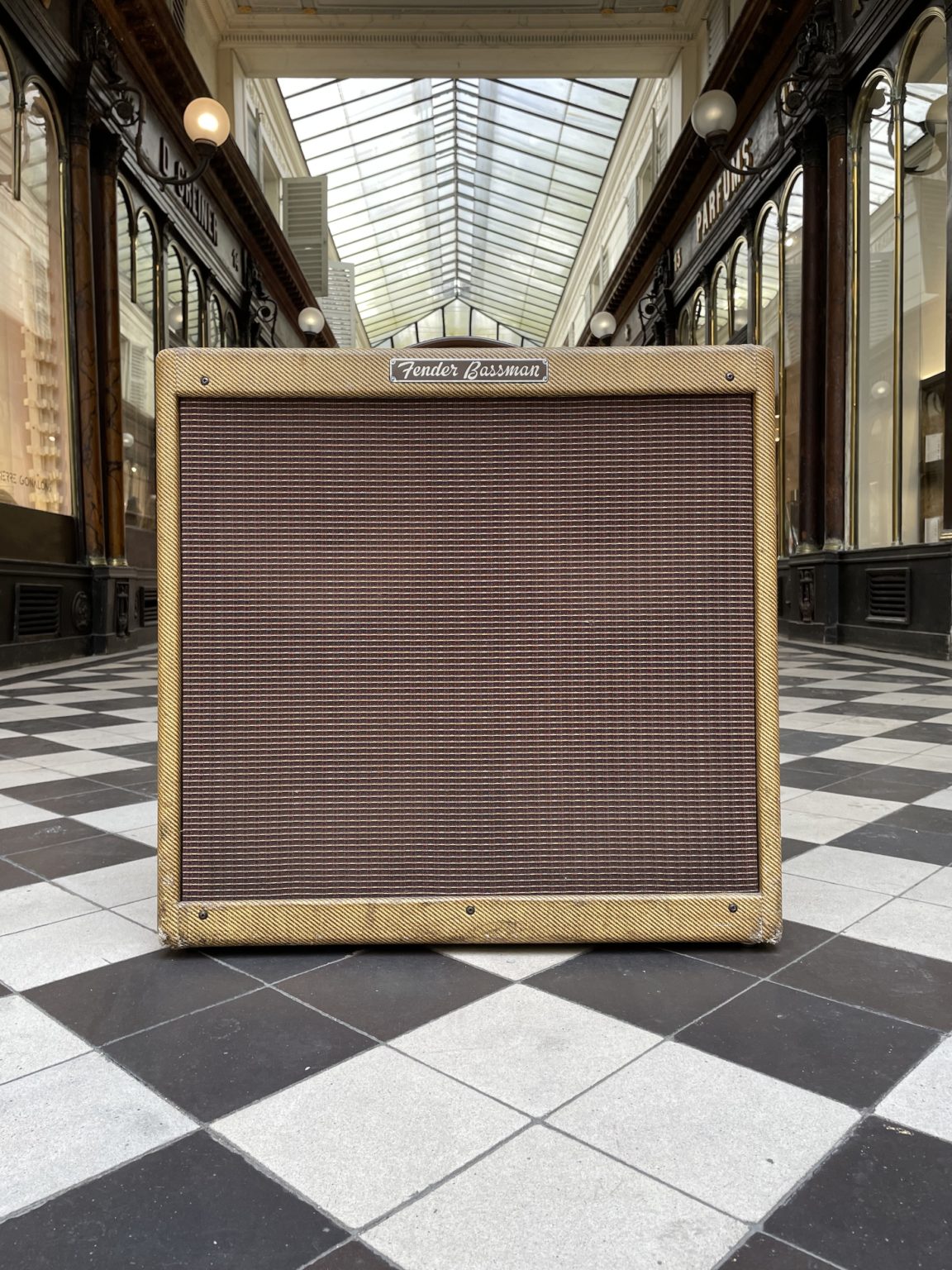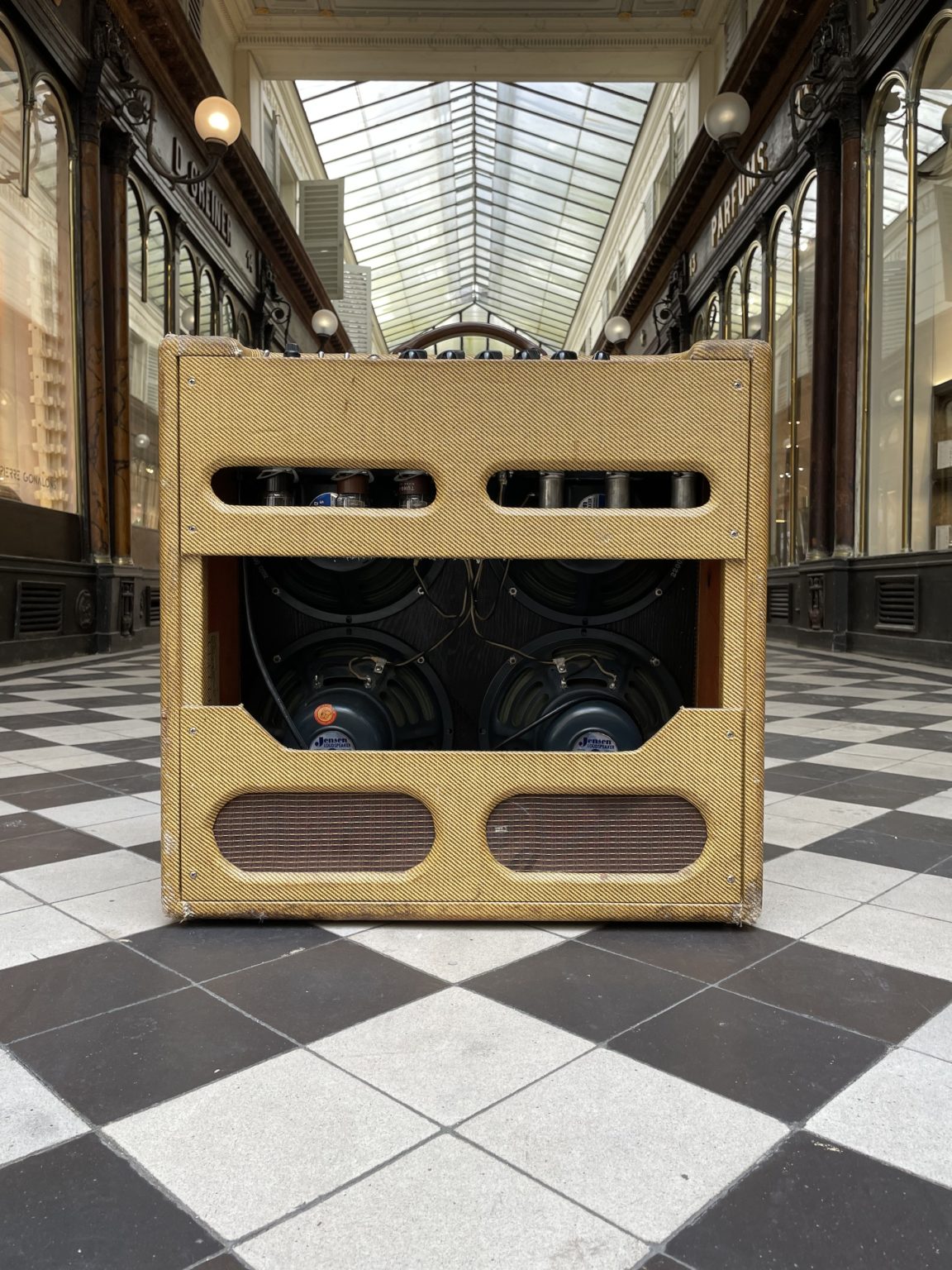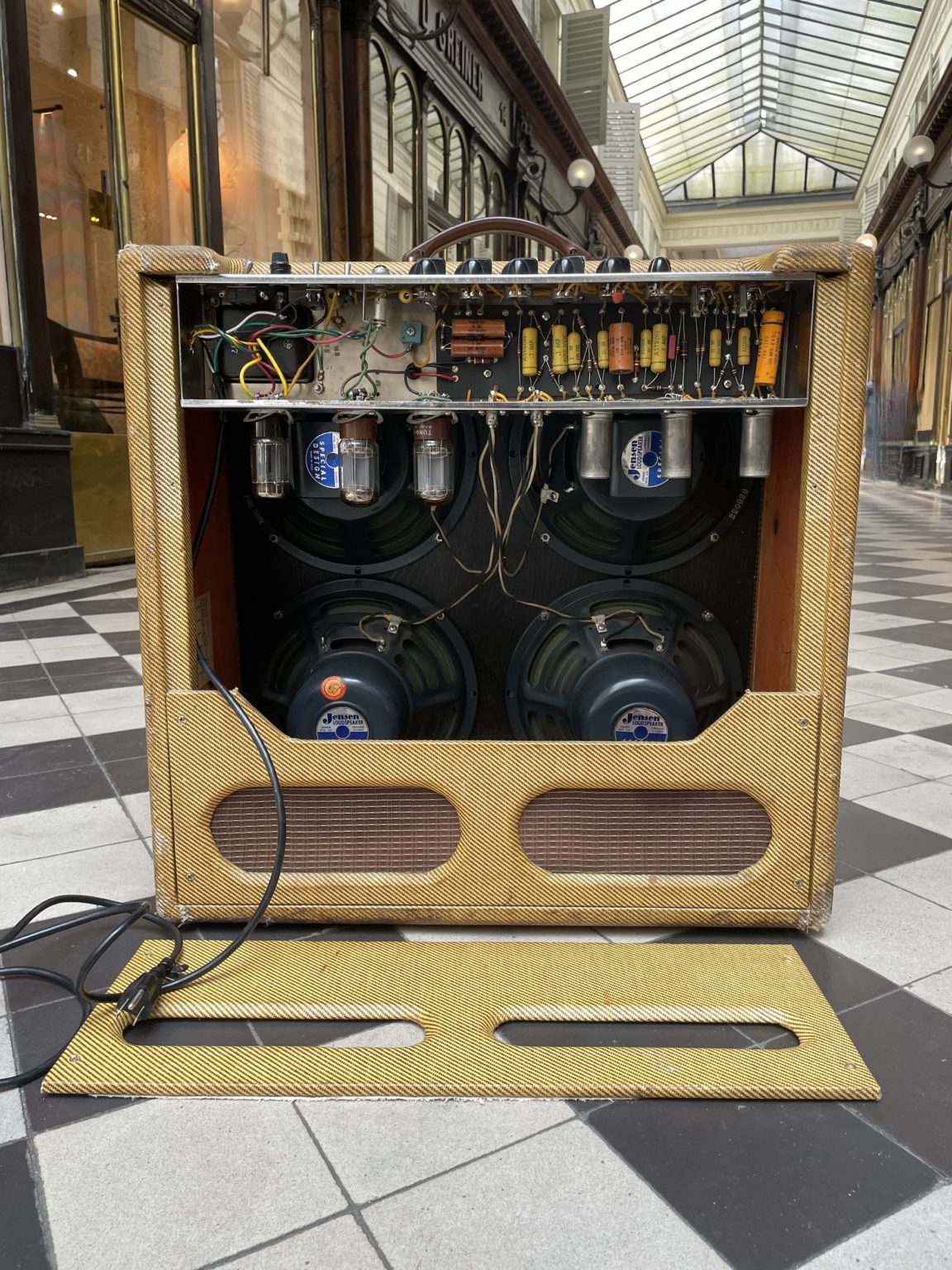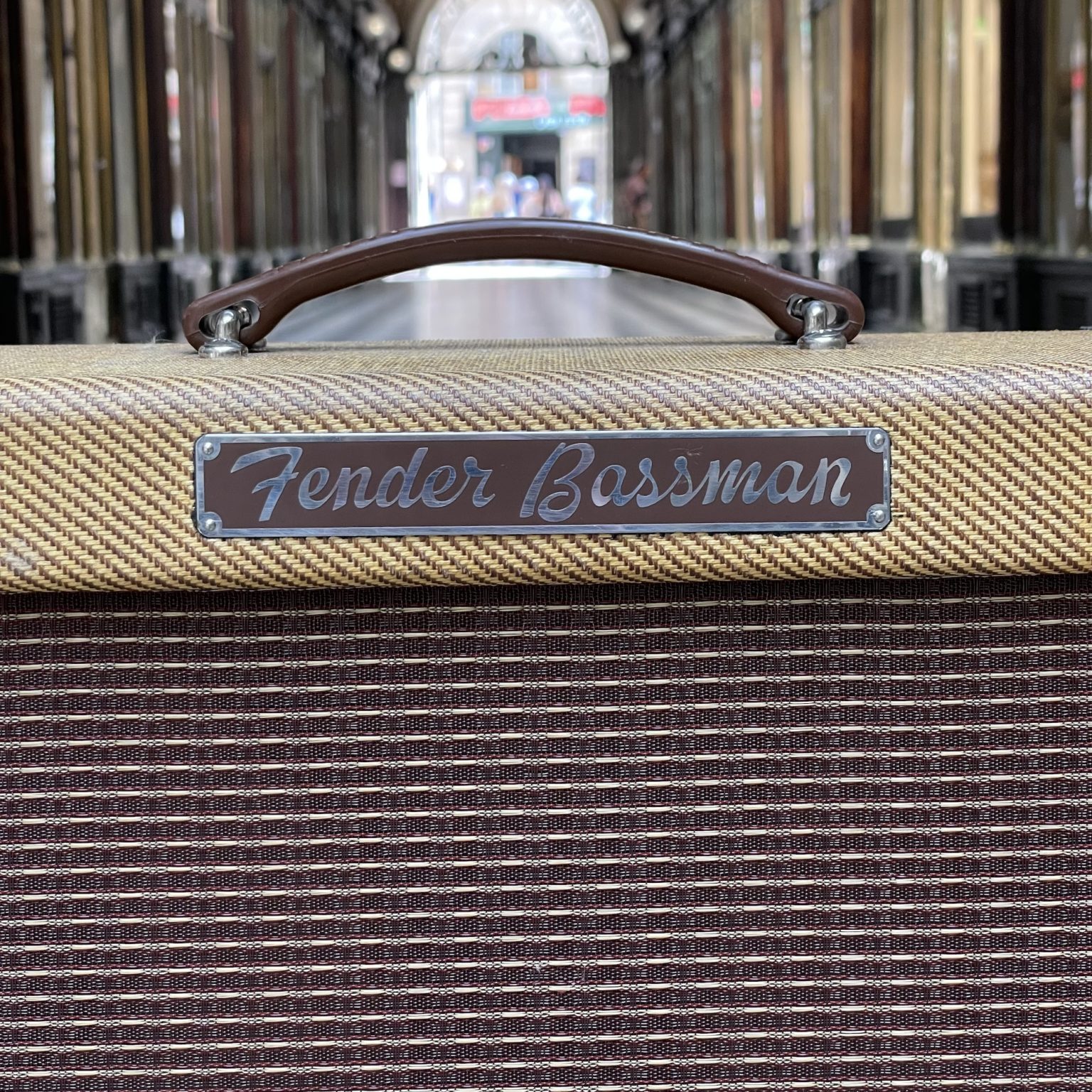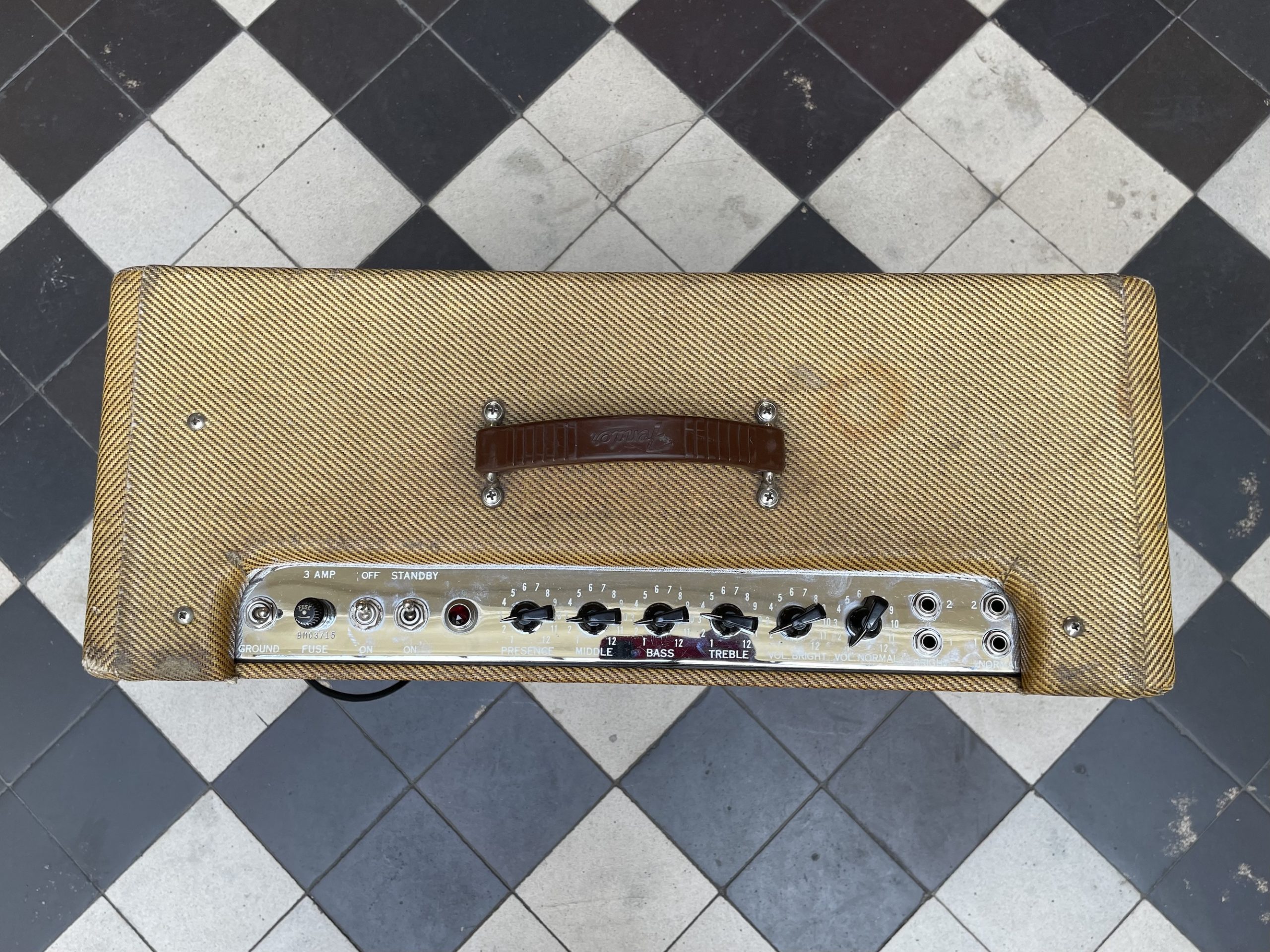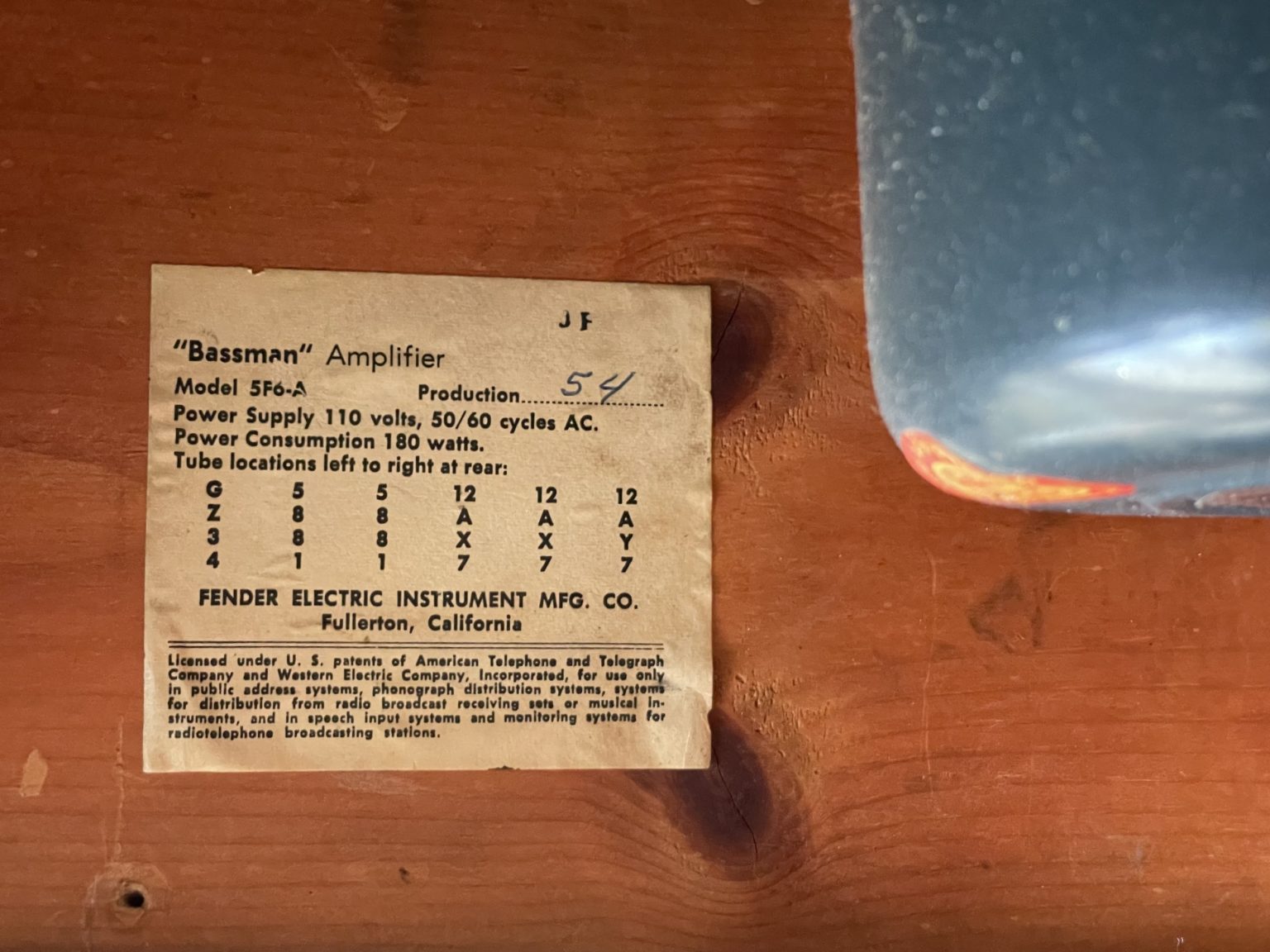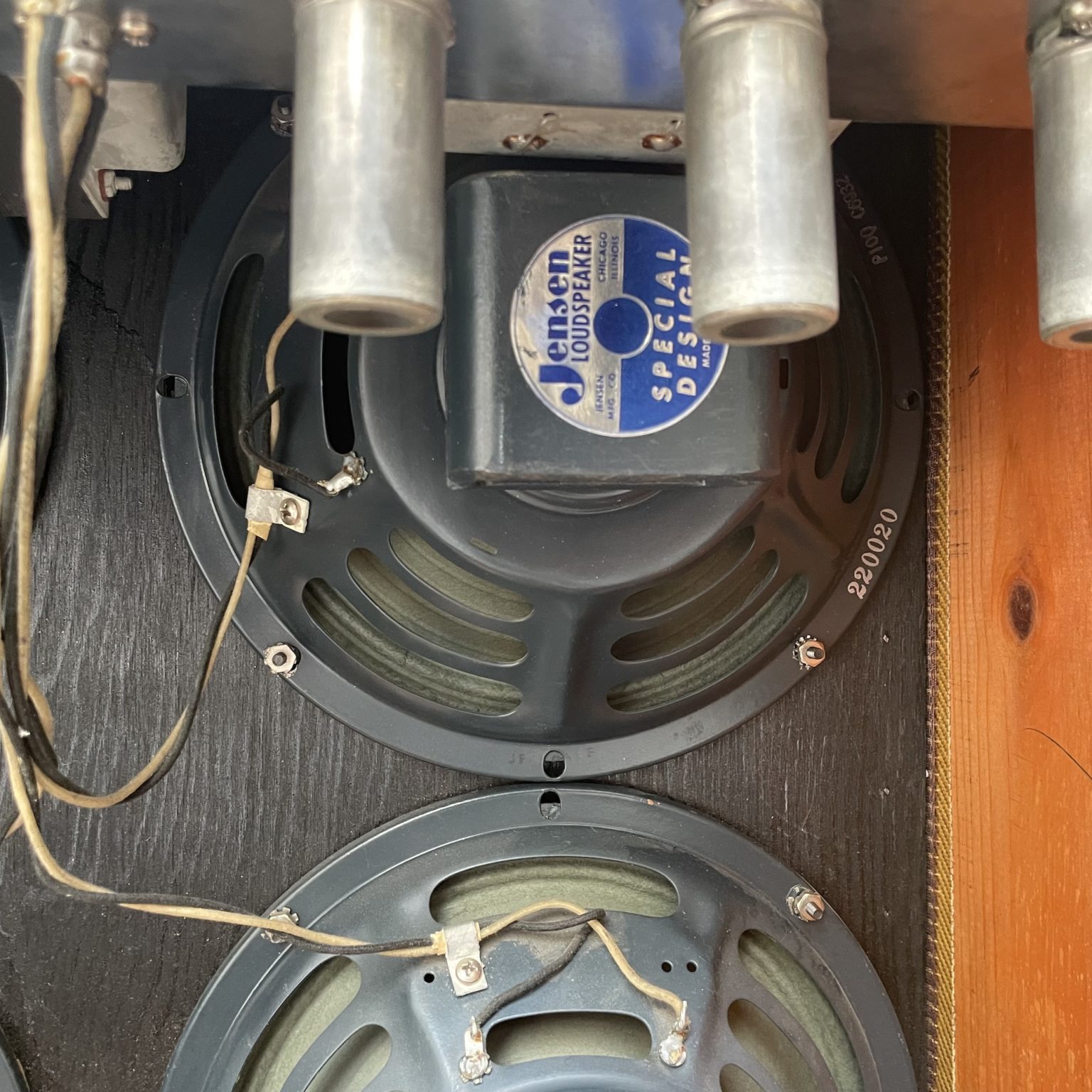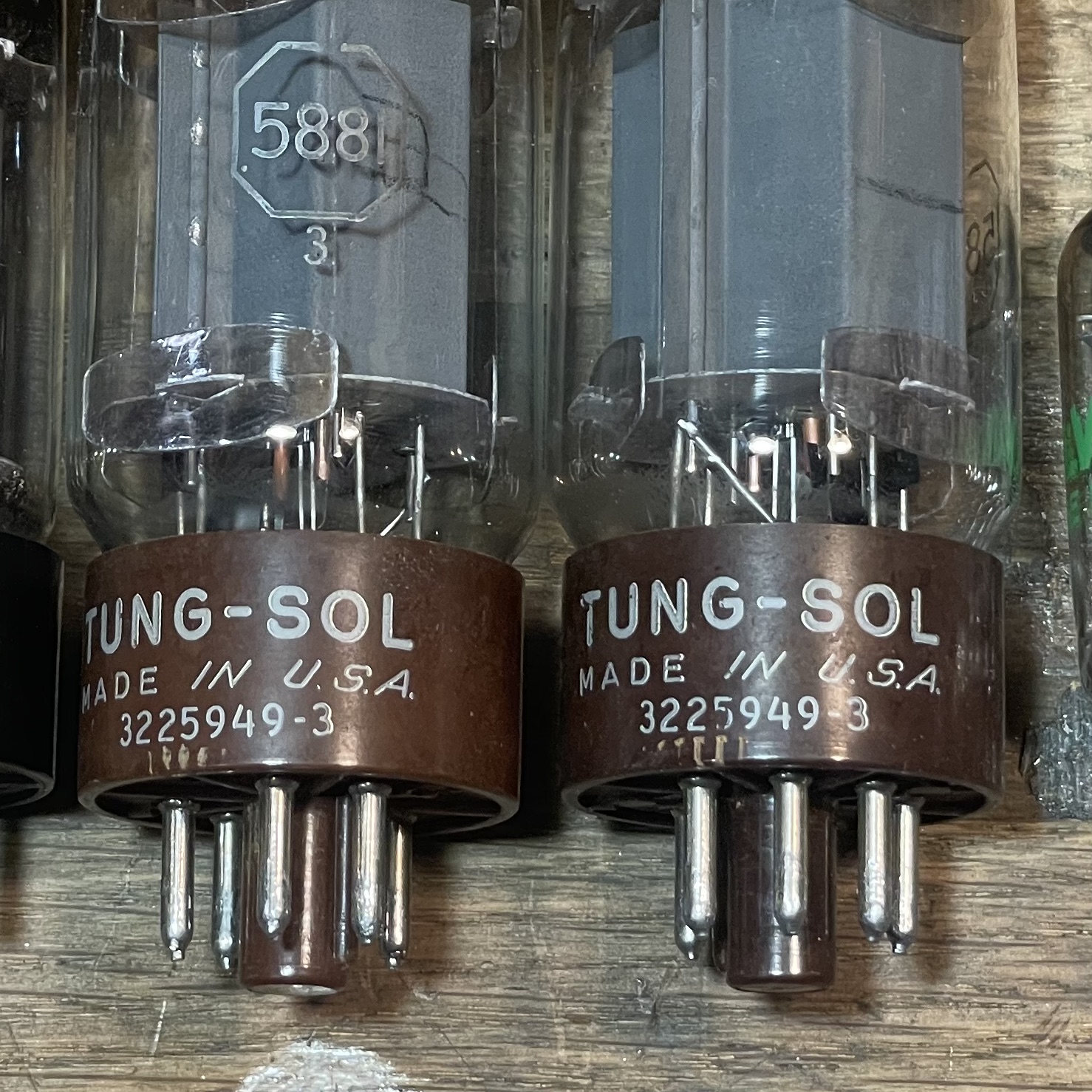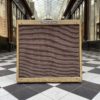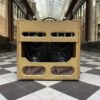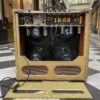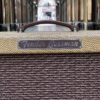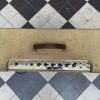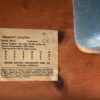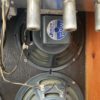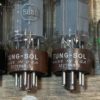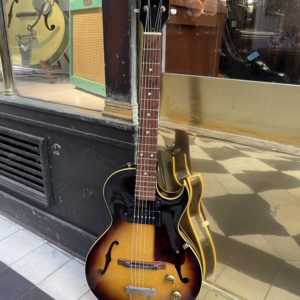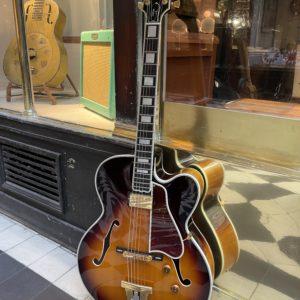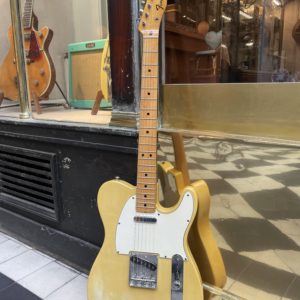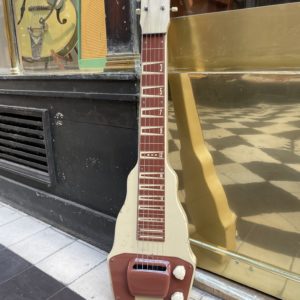1960 FENDER BASSMAN 5F6-A
The prices indicated correspond to the price in the case of payment in-store or by bank transfer. In the case of payment by credit card via the website, a processing fee of [3.25% + €0.25]* will be applied to the total amount of the basket, including delivery costs.
Additional information
| Fabrication | |
|---|---|
| Date |
A legendary amplifier if ever there was one: this superb Fender Bassman 5F6-A from 1960, in original condition and remarkably well-preserved!
The Bassman appeared towards the end of 1951 and was officially introduced to the catalogue the following year alongside the first solidbody bass produced by Fender, the Precision Bass. It was thus logically designed specifically for a better response at low frequencies. However, the first versions of this model experienced a series of setbacks: the 15-inch speaker that equipped the original design proved to be excessively sensitive and its cone prone to tearing at high volume; the original circuit also proved to be problematic: a lack of fidelity in the lowest frequency range caused their excessive distortion, and the power output stage was unstable, easily entering into oscillation – the absolute evil for an AF amplifier! As a result, over the years and successive versions, Fender engineers strove to improve the Bassman, equipping it with a quartet of 10-inch Jensen speakers better able to handle the power put out by the amplifier and making several modifications to the electronics (configuration of the rectifier circuit and high-voltage power supply, replacement of the types of tubes for more efficient modern parts, improvement of the audio circuit, etc.).
As the reliability of the model grew, so did its reputation – not especially among bassists but, ironically, among guitarists who recognized in it a workhorse like few existed in the 50s! We quickly found them equipping studios and filling the stages behind the biggest names of the time such as Francis Beecher (guitarist of Bill Haley and his Comets) and Bo Didley, then later the Boss Bruce Springsteen and Jimmy Vaughan. The Bassman sound became synonymous with amplified rock and blues, and more particularly the version presented here, called 5F6-A, which would represent the most accomplished form of all these years of research and development during the tweed era. It is therefore no surprise that this precise circuit would be copied almost to the component by Jim Marshall when he presented to the public in 1962 the first version of the Marshall JTM45 – starting a whole family of amplifiers directly inspired by the original design of the Bassman 5F6-A.
Exceptionally, this piece has reached us as it left the production line in Fullerton 64 years ago (with the sole exception of its power cord, previously replaced by a modern plug allowing grounding of the chassis) and is therefore the ideal subject for a meticulous invisible restoration, entirely carried out in our workshop. The polarity selector switch has been disconnected, as has the capacitor coupling the line voltage coming from the plug to the chassis (famously dubbed death cap as it had a nasty tendency of leaking 110 AC volts into the chassis and through to the player holding the guitar at the other end!). All the electrolytic capacitors, which were largely past their date at this stage to the point that their contents were leaking from their case, were replaced with modern, safer and more efficient equivalents. The coupling capacitors between each stage of the amplifier were measured, checked and replaced if no longer working satisfactorily. All the resistors were measured and checked, as were all the soldering points ensuring the proper functioning of the circuit. Finally, the amplifier was completely cleaned, the tube bases, jack sockets and potentiometers lubricated, in order to restore all of the amplifier’s sound qualities and allow it to operate safely, without hissing, spitting or distortion (unless you really push it hard, but if you don’t live over a kilometer away from your closest neighbour we advise against doing this!).
Cosmetically speaking, it remains in excellent condition: the cabinet’s tweed cover and grill cloth are free of tears and only show signs of light wear in places; the silkscreened lettering and chrome plating of the control plate are intact; the original rubber handle is intact – Fender used this type starting in 1959 in place of the traditional leather handle, but the weight of the amplifier meant that in any case the original parts generally did not last long; the four original Jensen P10Q speakers dating from 1960 are also present – the covers of the two upper speakers were removed at the factory to accommodate the enormous transformers mounted onto the chassis; the original set of tubes is also present and perfectly functional: a 12AY7 and a 12AX7 in the pre-amplification circuit, a 12AX7 for the phase inversion circuit feeding the power output stage configured in push-pull, two 5881 for the output stage, and a GZ34 as the rectifier for the high-voltage power supply. Still operating with its original transformer supplied with 110V, this Bassman comes with an external 220 to 110V step-down transformer.
SOLD


